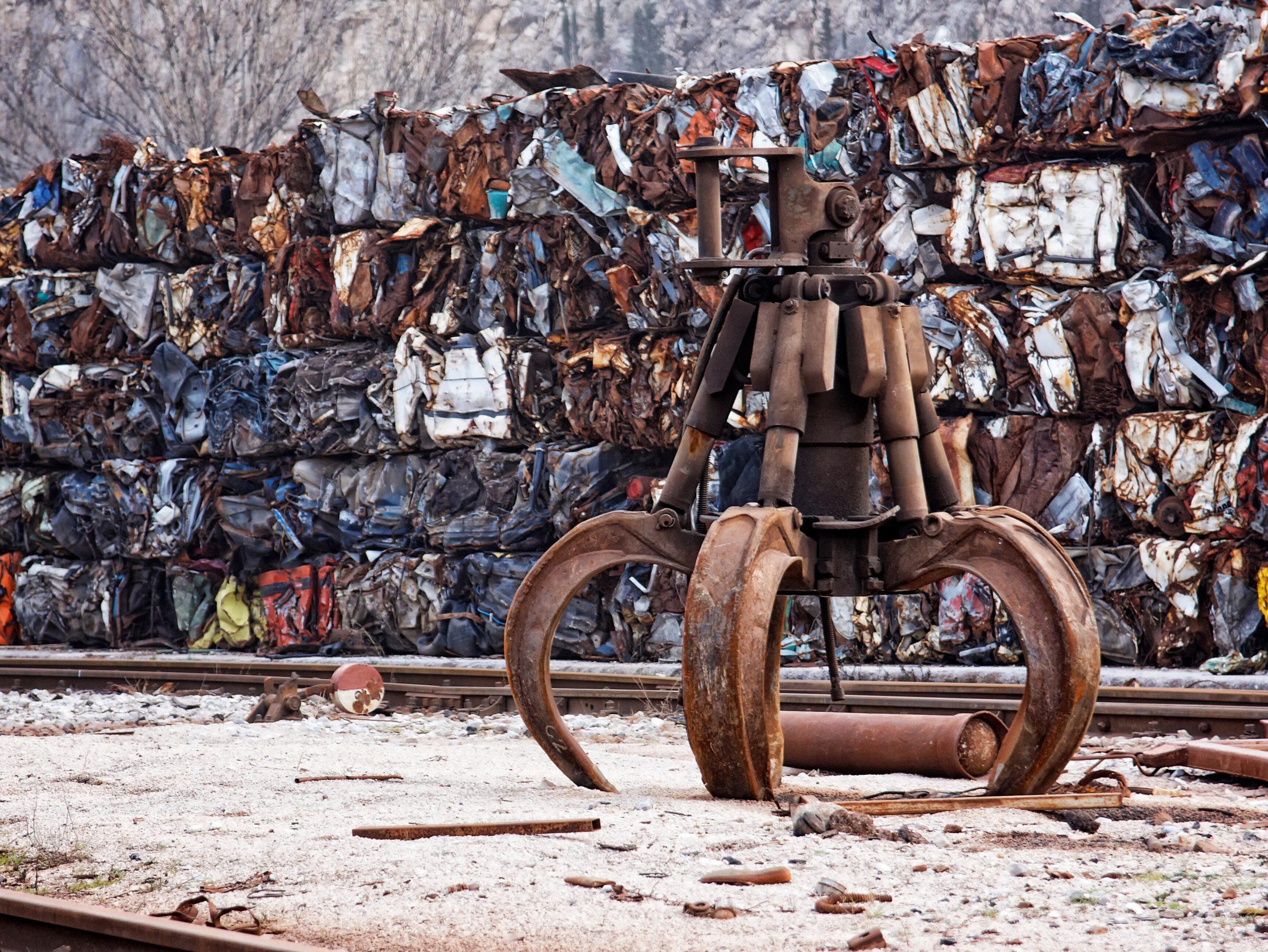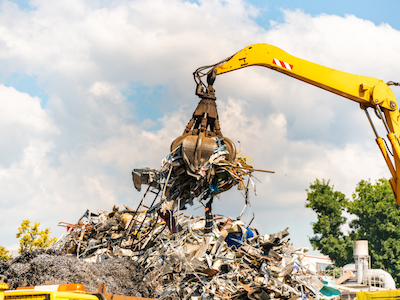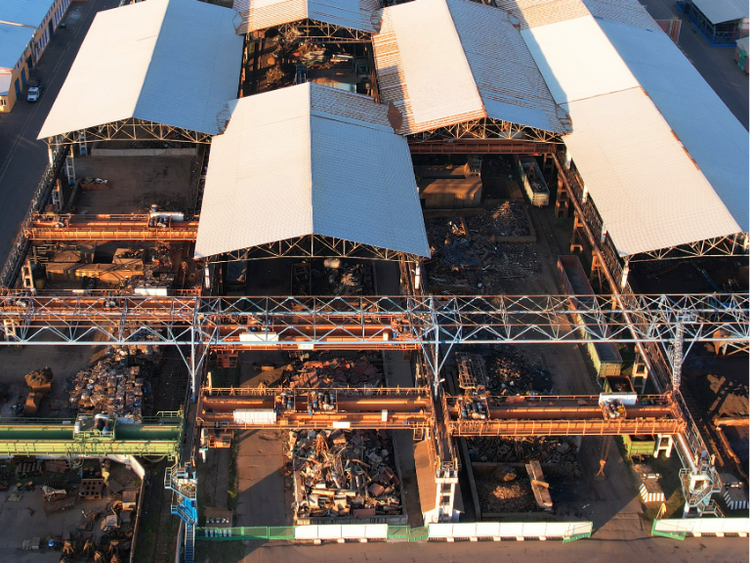Market

October 15, 2024
The recycled metals market: Haunted by uncertainty
Written by Gabriella Vagnini & Stephen Miller
Aluminum
The volatility in the aluminum futures market directly affects the non-ferrous scrap market. When futures prices are soaring, as we saw with October aluminum contracts earlier, scrap prices typically rise in response. This can benefit scrap dealers and processors since they can command higher prices for their material in a bullish market. However, the sudden drop in futures, like the discount seen now with November contracts, can lead to a quick reversal in scrap prices as well.
This volatility creates a challenging environment for anyone dealing with aluminum scrap. On the one hand, when futures are high, scrap suppliers can make a better margin, but on the other hand, the sudden corrections we’re seeing can hurt those holding inventory at higher costs or those not able to move material fast enough before the market adjusts. It also makes planning difficult for scrap buyers who rely on a more stable market to price their purchases, as the fluctuations in futures can make it hard to determine fair pricing.
Additionally, as I pointed out in this week’s non-ferrous scrap article, rising raw material costs, warehousing fees, and global economic uncertainty only add to the unpredictability. So, while there are opportunities to benefit from when futures are up, the rapid shifts and external factors, like China’s demand fluctuations, can just as easily hurt the market, creating a tough balancing act for those in the aluminum scrap business. It’s all about timing and being able to move quickly in response to futures market changes. It’s no wonder why no one is running to execute scrap metal contracts for next year.
Pig iron
The pig iron market stare-down between U.S. buyers and Brazilian producers seems to be fading with two cargoes purchased from Indian producers at prices lower than Brazil was offering. The buyers in the U.S. were not too concerned about the rainy season in Brazil, especially since there were other options. Steve Miller observed that the U.S. mills are taking advantage of lower prices, but they may need to support Brazilian production if India can’t fill the ongoing supply gap. The real question is whether this will lead to a stronger correlation between pig iron and scrap prices during the coming months, especially if scrap prices start to climb.
China in the gray
You may have read about the overcapacity in China in an article written in SMU this week by Alan Price and John Allen Riggins. They hit on a major issue that’s been simmering under the surface, China’s overcapacity isn’t just a steel problem, it’s a geopolitical strategy. The fact that they’re setting up shop in places like Mexico and the Dominican Republic to dodge tariffs makes it clear that U.S. trade policy alone isn’t enough to tackle this. It’s frustrating to watch the same story play out again, where excess capacity drags down markets globally. For the U.S. scrap market, this is a real threat. If cheap, government-subsidized Chinese steel starts creeping into more third-party countries, it could lead to more pressure on domestic scrap prices. Long-term, it’s going to take a lot more than tariffs and trade agreements to fix this.
The elephant in the room
And let’s not forget the elephant in the room, the U.S. presidential election, which is less than a month away. The uncertainty around that is hanging over everything. No one knows what’s going to happen, and it could throw the whole market for a loop. It’s like we’re all holding our breath, unsure of what’s next. We don’t have a clear path now, but we might have a better idea once the election shakes out. But until then, it’s just one more reason people are hesitant to make any big moves or commitments. We’re in a holding pattern, waiting to see what’s coming down the line.
The wrap-up
It’s pretty clear that scrap markets are in a tough spot, and it’s not just a simple issue of up-and-down prices. The aluminum futures volatility, the unpredictability of raw material costs, and outside factors like China’s constant push to undercut the market all add up to a situation where it’s nearly impossible to plan ahead. Scrap dealers and buyers are hesitant to lock into long-term contracts because nobody knows where the market will land tomorrow, let alone next year. The pig iron market isn’t much better, with cheaper imports undercutting prices and buyers putting off decisions while they wait for an even better deal. Everyone’s waiting to see who flinches first.
For those deep in the recycling business, the message may be as clear as the writing on the wall: flexibility is key. Those who can move quickly when futures spike, or shift strategies when cheaper imports flood in, are the ones who’ll survive. But this constant state of uncertainty is exhausting. It feels like no one’s really pulling the trigger on any big moves because the risks are just too high right now. So, until something shakes this up, whether it’s a shift in global demand or some stability in futures, everyone’s on pause, and the whole market’s stuck in neutral.

Gabriella Vagnini
Read more from Gabriella Vagnini




